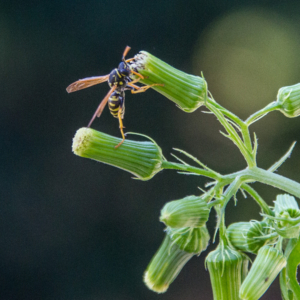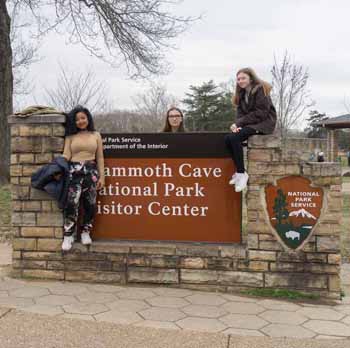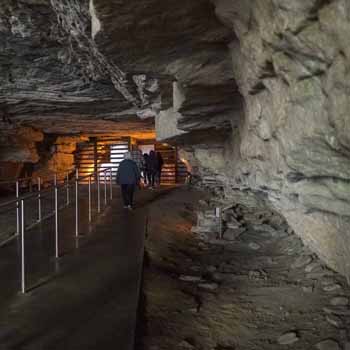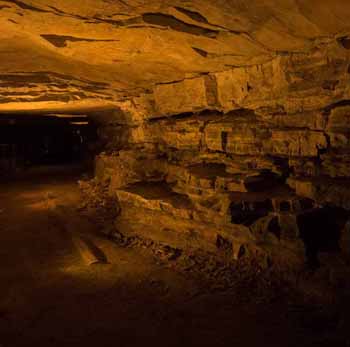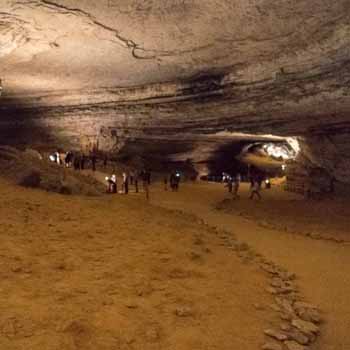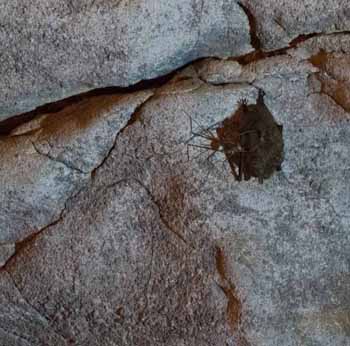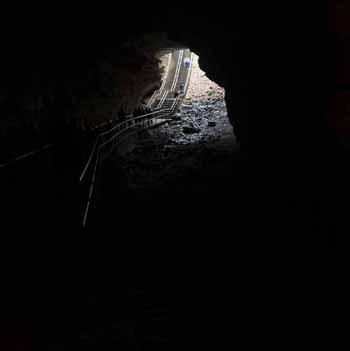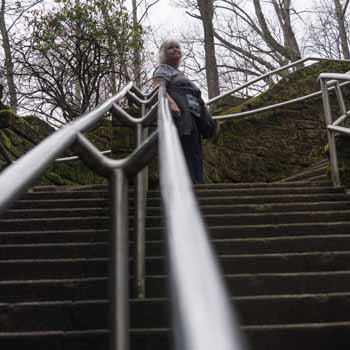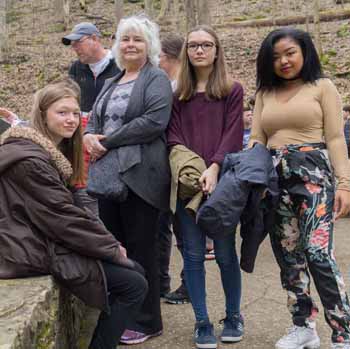Online Magazine
Recent Posts
- Safeguard your Cellphone Photos
- Black & White to Color – Instantly
- Wearing Many Hats
- Video Roundup
- Rescuing Your Blurry Pictures
- Showing Their Age
- What is Your Angle?
- Panorama Photos
- Humorous Photos
- Close Ups
- Fisheye Pictures
- Photo Antiquities
- Printing Big
- Appreciating Scale
- Celebrity Sightings
Tags
More Places to Go
- Free "How-To" Books “How To” books for popular cameras 0
- Vist Us on Facebook keep in touch with us on Facebook 2
Archives
- July 2023 (1)
- March 2023 (2)
- February 2023 (1)
- December 2022 (1)
- October 2022 (1)
- September 2022 (8)
- August 2022 (9)
- July 2022 (1)
- June 2022 (1)
- June 2021 (1)
- May 2021 (1)
- March 2021 (5)
- February 2021 (4)
- January 2021 (2)
- April 2019 (1)
- March 2019 (1)
- February 2019 (1)
- October 2018 (2)
- April 2018 (1)
- March 2018 (4)
- February 2018 (1)
- November 2017 (1)
- August 2017 (1)
- June 2017 (1)
- April 2017 (1)
- March 2017 (5)
- February 2017 (2)
- January 2017 (1)
- October 2016 (1)
- September 2016 (1)
- August 2016 (1)
- July 2016 (1)
- May 2016 (1)
- April 2016 (1)
- March 2016 (2)
- February 2016 (1)
- January 2016 (2)
- December 2015 (1)
- November 2015 (1)
- October 2015 (3)
- April 2015 (1)
- March 2015 (5)
- February 2015 (1)
- January 2015 (4)
- December 2014 (2)
- November 2014 (5)
- October 2014 (2)
- September 2014 (1)
- August 2014 (2)
- July 2014 (1)
- May 2014 (1)
- April 2014 (5)
- March 2014 (5)
- December 2013 (2)
- November 2013 (18)
- October 2013 (1)
- September 2013 (1)
- August 2013 (1)
- July 2013 (1)
- June 2013 (3)
- May 2013 (1)
- April 2013 (2)
- March 2013 (1)
- February 2013 (1)
- January 2013 (1)
- December 2012 (1)
- November 2012 (2)
- October 2012 (2)
- September 2012 (5)
- August 2012 (2)
- July 2012 (1)
- June 2012 (1)
- May 2012 (1)
- April 2012 (4)
- March 2012 (1)
- February 2012 (1)
- January 2012 (3)
- December 2011 (1)
- November 2011 (3)
- October 2011 (1)
- September 2011 (2)
- August 2011 (2)
- June 2011 (3)
- May 2011 (4)
- April 2011 (8)
- March 2011 (8)
- February 2011 (10)
- January 2011 (6)
- December 2010 (11)
- November 2010 (14)
- October 2010 (6)
- September 2010 (12)
- August 2010 (2)
- July 2010 (4)
- June 2010 (3)
- May 2010 (1)
- April 2010 (1)
- March 2010 (2)
- February 2010 (1)
- January 2010 (1)
- December 2009 (1)
- November 2009 (2)
- October 2009 (2)
- September 2009 (1)
- August 2009 (3)
- July 2009 (2)
- June 2009 (1)
- May 2009 (2)
- April 2009 (1)
- March 2009 (2)
- February 2009 (1)
- January 2009 (3)
Wearing Many Hats
27th March 2023
Turning on the Studio Lights
It’s been a couple of years since I’ve used my electronic studio strobes. I wasn’t even sure that they were still working. So I asked my favorite lovely model if she would pose for a few photos and she kindly accepted.
On this day, the outside sky was overcast there wasn’t much light coming through the windows. So I went to work moving the lights into position for the quick shooting session. I was using only two lights – one main light, slightly to the left of the subject and about ten feet away and a second light positioned low and the the right of the subject to illuminate the background.
Here are a few of the photos from this session.
To see more detail of the lighting and coloring, click on any of the images.
|
|
|
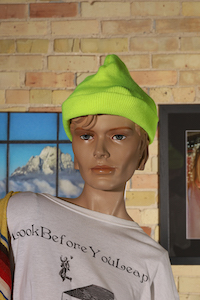 |
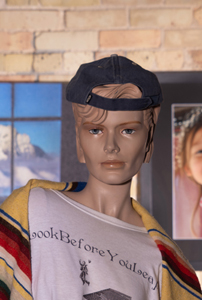 |
|
|
|
 |
 |
|
|
|
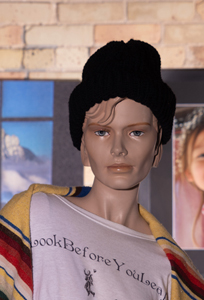 |
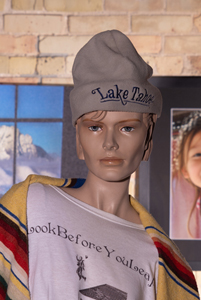 |
|
|
|
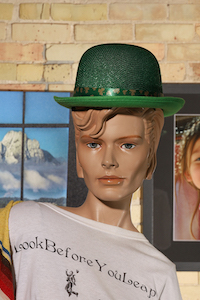 |
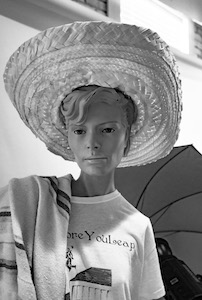 The above photo was taken at a different time using an IR (infrared camera that removes all of the color. |
|
|
|
There was nothing exciting about my quick session, but I did enjoy working with a model who made these couple of hats look nicely perched.
Written by: Arnie Lee
Close Ups
16th September 2022
With the naked eye, it’s often difficult or impossible to see the detail of smaller objects.
Most modern cameras and cellphones have lenses that can focus close enough to capture some of this detail.
When shooting up close I try to have good lighting, careful focus and a steady hand (or better yet a tripod) to keep the images as in focus as possible.
Below are some of the pictures that I’ve been able to photograph up close without using any special camera equipment.
Whatever type of camera that you’re using you’re probably equipped to take close ups. It not only interesting to see your subjects up close with lots of detail, it’s fun too.
Written by: Arnie Lee
Low Light Photography
30th March 2019
It’s Dark Down There
For those interested, these photos were taken with a Sony A7 III camera using a 24-240mm lens. In most cases, the ISO setting was 16000 or 32000 and taken handheld with a shutter speed of 1/15 or 1/30 and aperture as wide as f/3.5. I think the photos are of pretty decent quality considering the cave environment.
Newer Posts »
